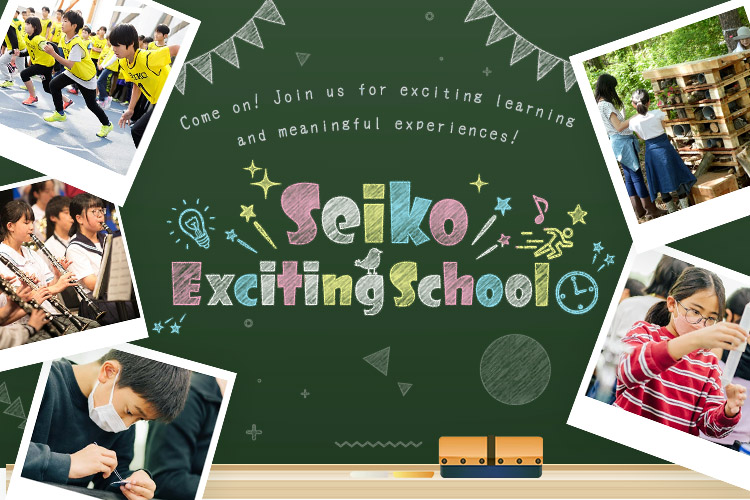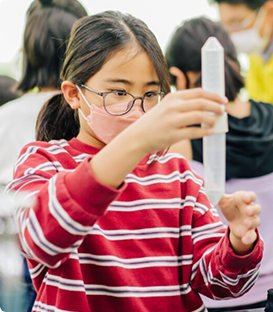
Seiko Exciting
Time & Timepieces School
For elementary school students
This is a classroom to think about “Time” from various perspectives in connection with elementary school subjects.
view details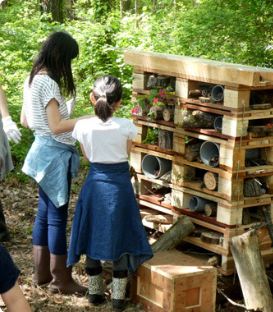
Seiko Exciting
Environment School
For elementary school students
A place to learn about and experience biodiversity activities in a natural forest.
view details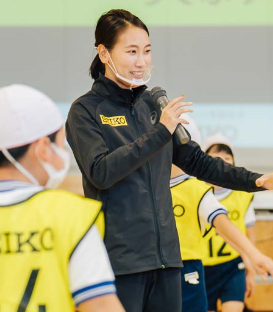
Seiko Exciting
Sports School
For elementary, middle, and high school students
First-class athletes encourage children’s dreams. In this class, students get to exercise for fun and think about how Time plays an important role in every sport.
view details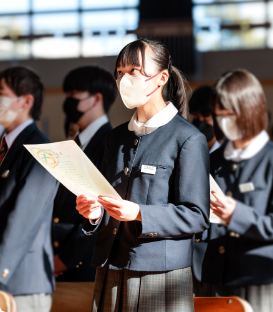
Seiko Exciting
Music School
For elementary, middle, and high school students
Artists will go to the schools to teach students directly. They will teach musical techniques and talk about the will needed to overcome difficulties and become a professional.
view detailsExciting School in video clips
Video clips of Seiko Exciting School initiatives
Experience the technology and craftsmanship behind every secondSeiko Exciting Time & Timepieces School
Explore the intricate workings of a mechanical watch and get hands-on watchmaking experience.
Experience the joy of physical exercise and the importance of "Time" in sportsSeiko Exciting Sports School in the World Athletics Championships, Oregon 2022
Although this was the first time the class was held overseas,16 teenagers between the ages of 14 and 18 from local track and field clubs took part. We used the same venue and equipment that were used for the World Athletics Championships.
Activity Record
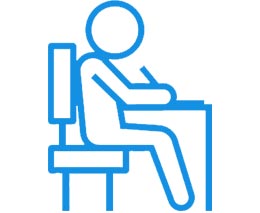
Number of participating students:
8,084

Participating schools:
39

Total number of classes:
990
*This is the total number of activities implemented as of FY 2023.



